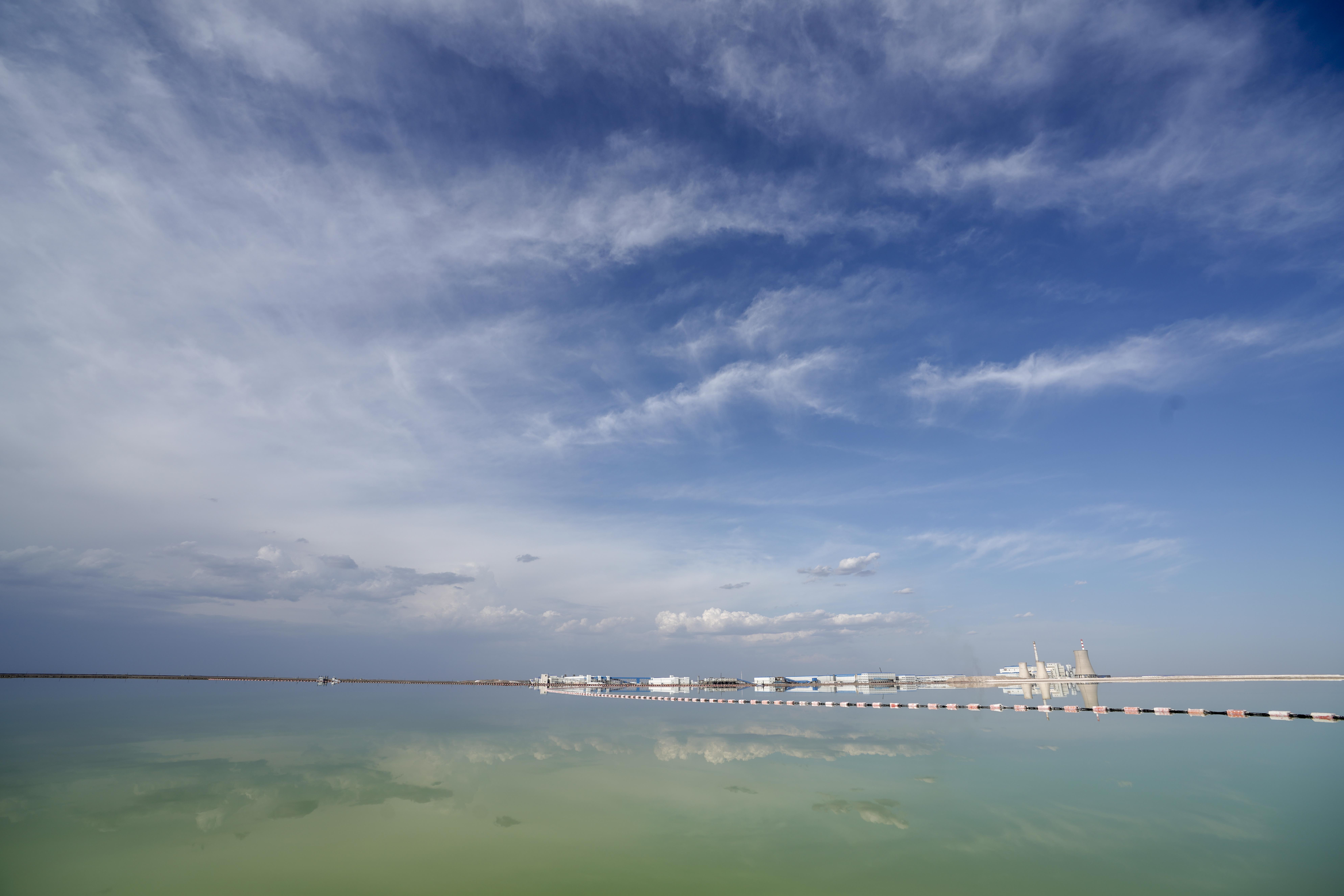
Production equipment at Lop Nur in Ruoqiang county, northwest China's Xinjiang Uygur Autonomous Region. (Xinhua/Zhao Ge)
Amazing scenery of the "Sea of death", Lop Nur Lake, the second largest saltwater lake in China.
RUOQIANG, Aug. 22, 2019 (Xinhua) -- Lop Nur Lake is known as the "sea of death" where historically the Tarim River ended. It is the second largest saltwater lake in China and an important production base of potassium sulfate.
Since the lake dried up in the 1970s, the 10,000 square-kilometer area has become a vast salt-encrusted lake bed secluded in the deserts of the southeastern areas of northwest China's Xinjiang Uygur Autonomous Region.
To improve the local eco-system, the local government launched a restoration project in 2000. Around 7.6 billion cubic meters of water was transfused from the upstream parts of the Tarim River. More plants began to take root along the river as a result.
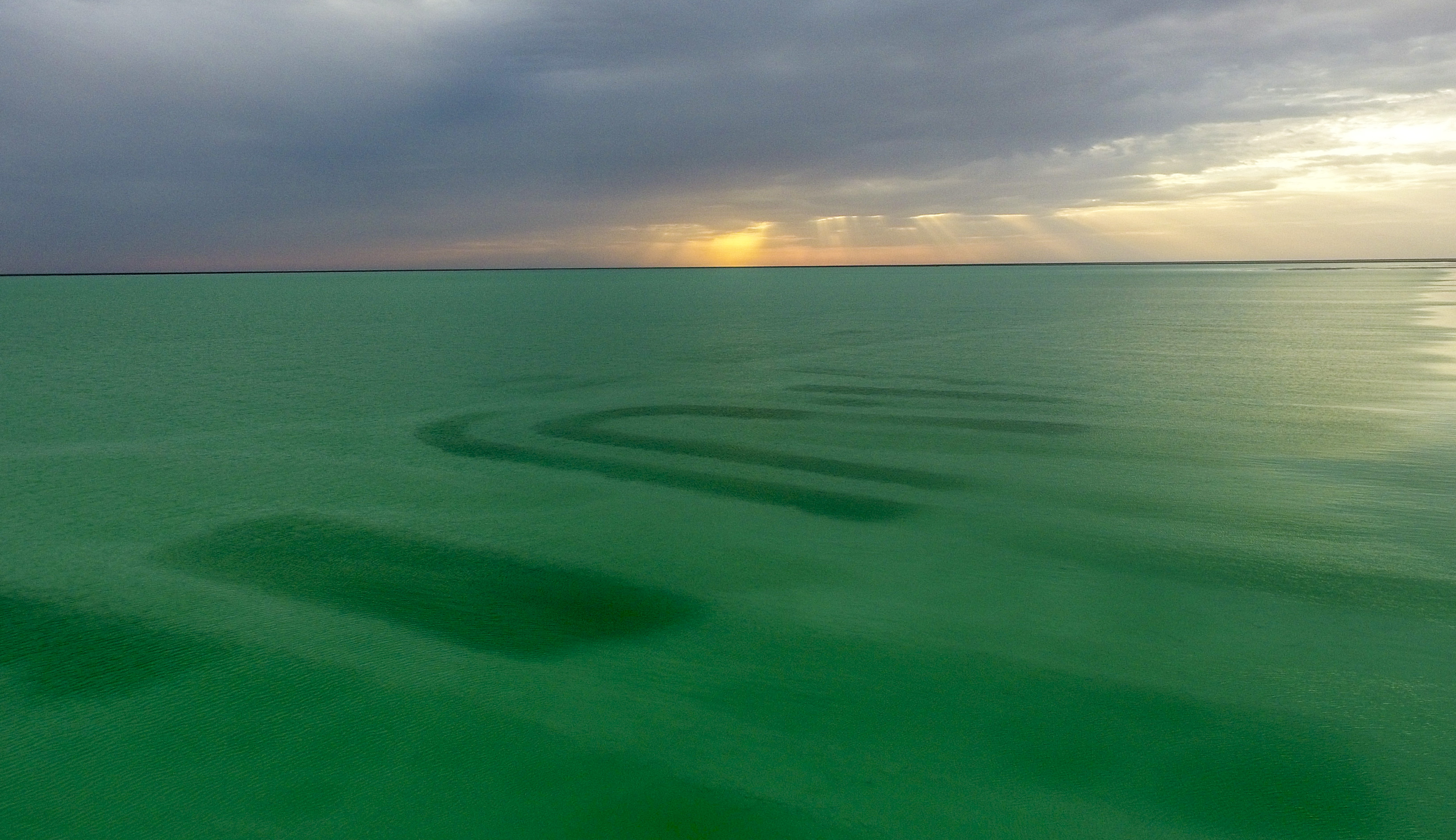
The salt pond at Lop Nur in Ruoqiang county, northwest China's Xinjiang Uygur Autonomous Region. (Xinhua/Zhao Ge)
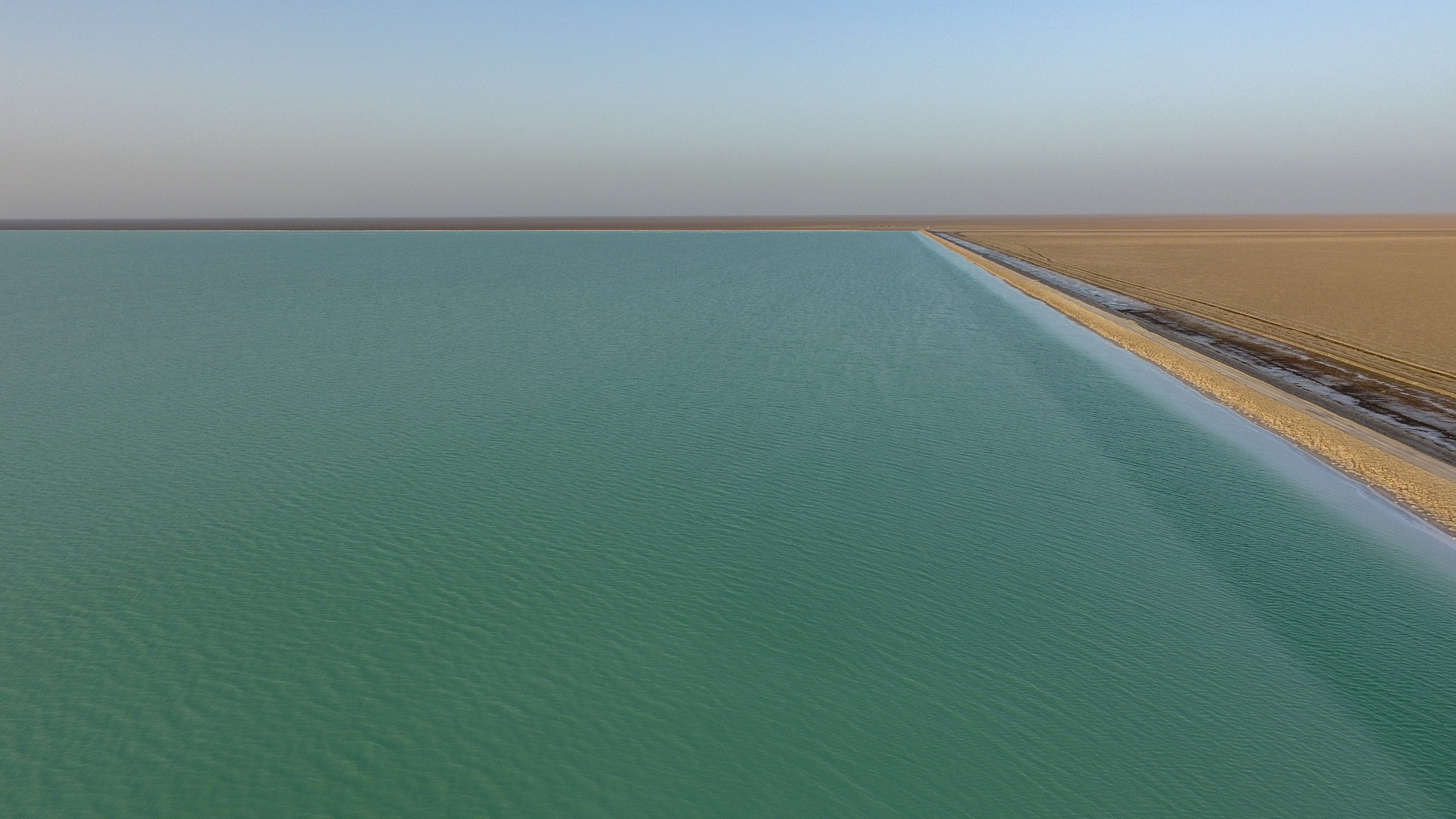
The salt pan at Lop Nur in Ruoqiang county, northwest China's Xinjiang Uygur Autonomous Region. (Xinhua/Zhao Ge)
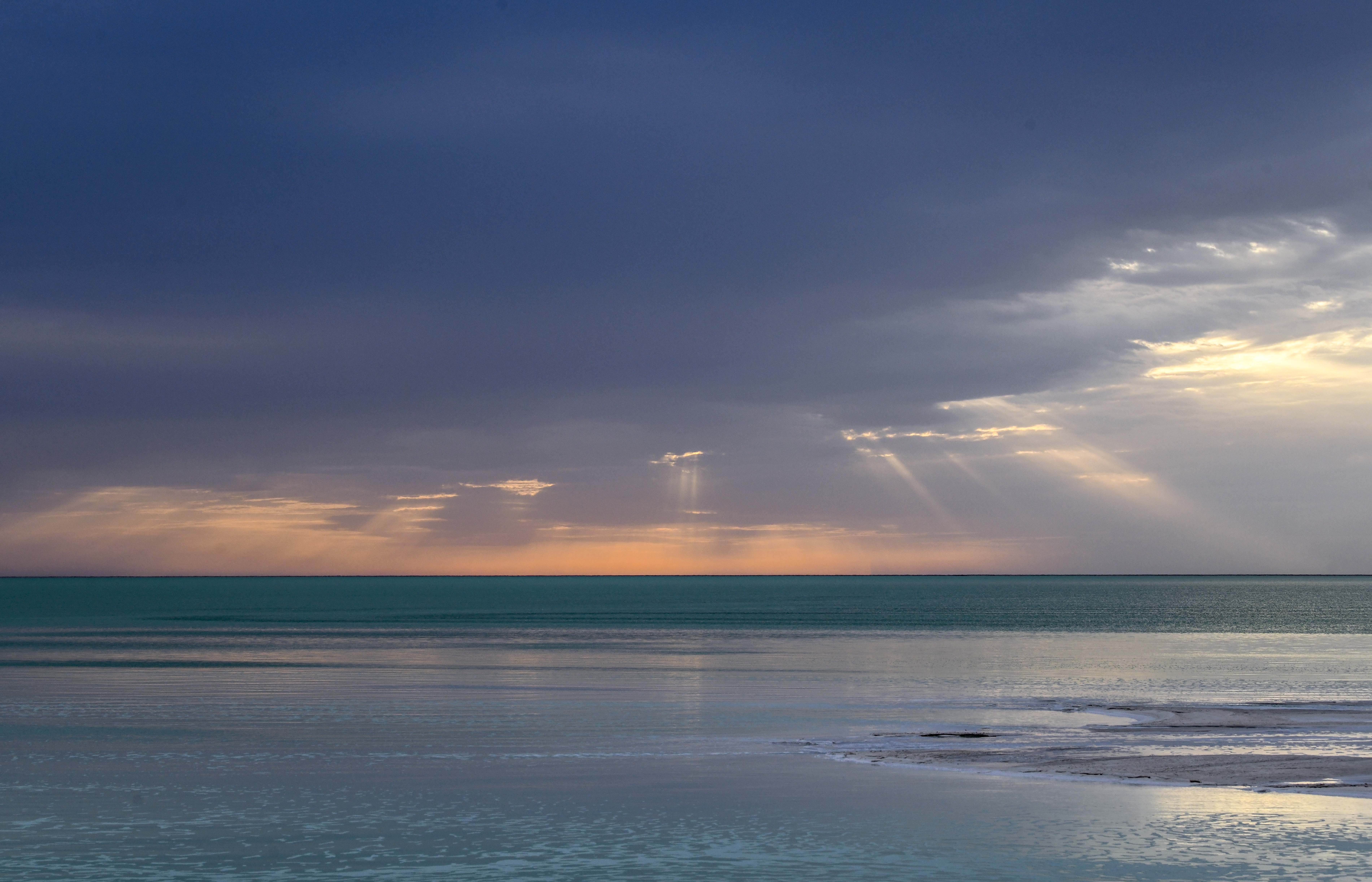
Sunset at the salt pan at Lop Nur in Ruoqiang county, northwest China's Xinjiang Uygur Autonomous Region. (Xinhua/Zhao Ge)
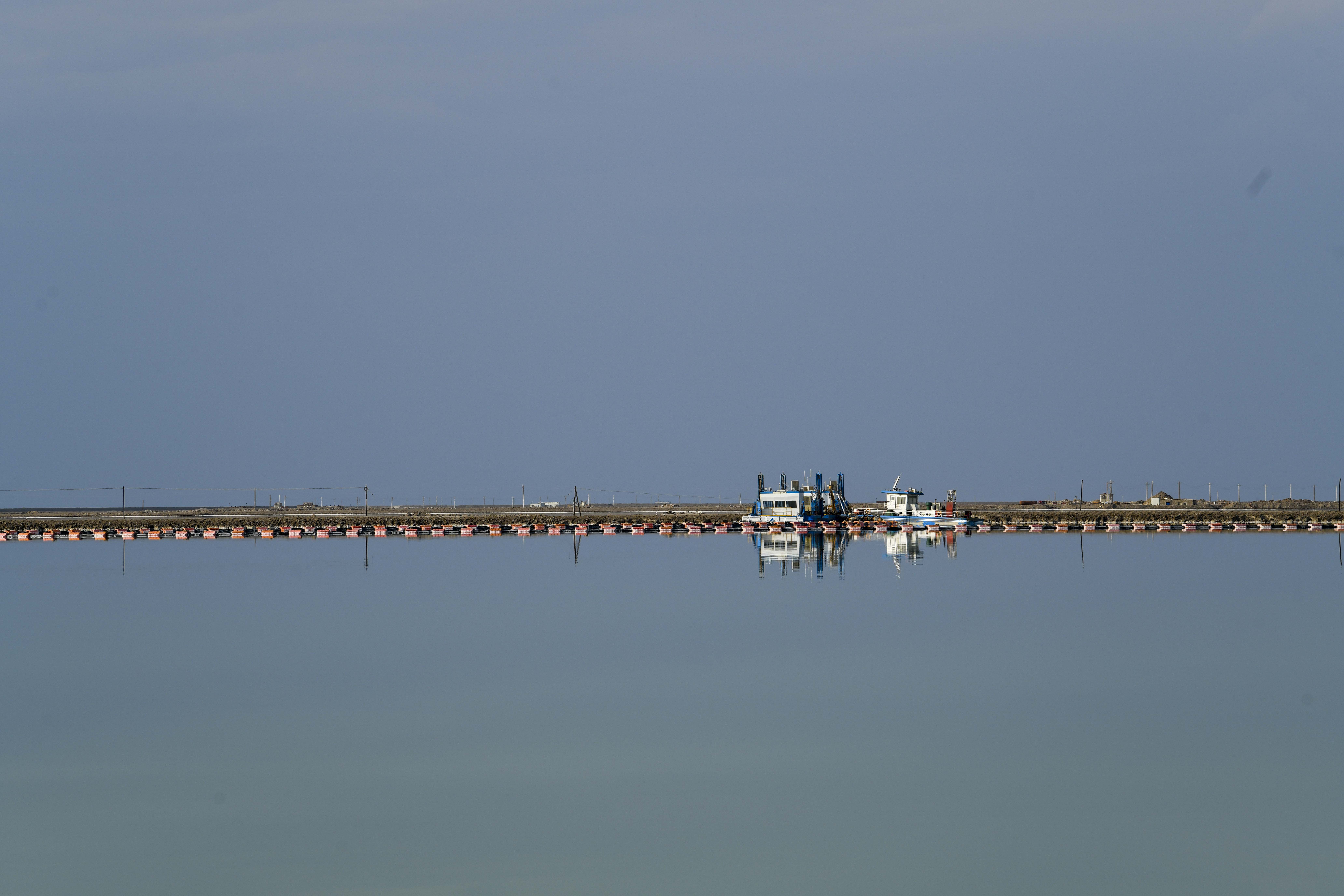
The production equipment at Lop Nur in Ruoqiang county, northwest China's Xinjiang Uygur Autonomous Region. (Xinhua/Zhao Ge)
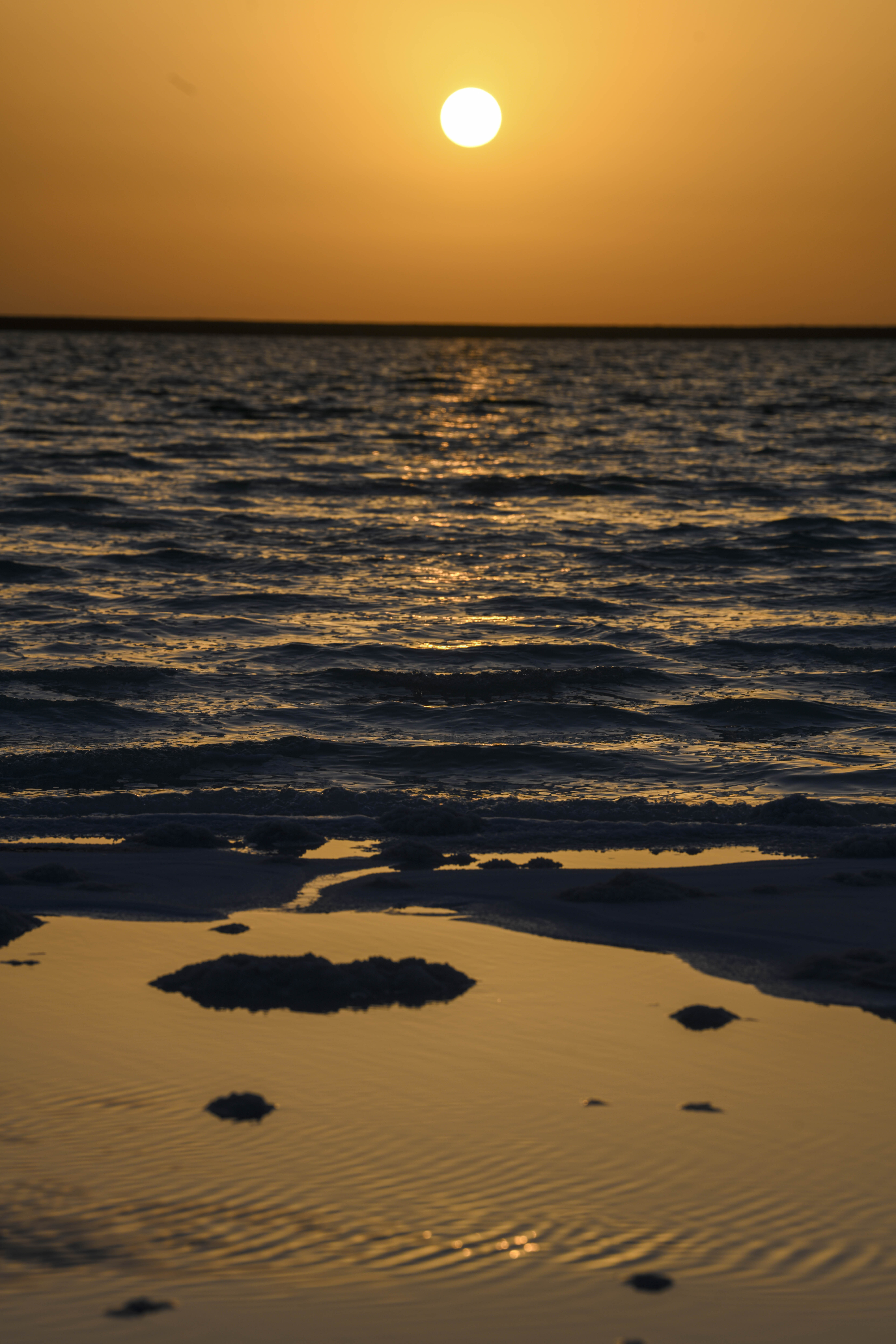
Sunrise at Lop Nur in Ruoqiang county, northwest China's Xinjiang Uygur Autonomous Region. (Xinhua/Zhao Ge)



